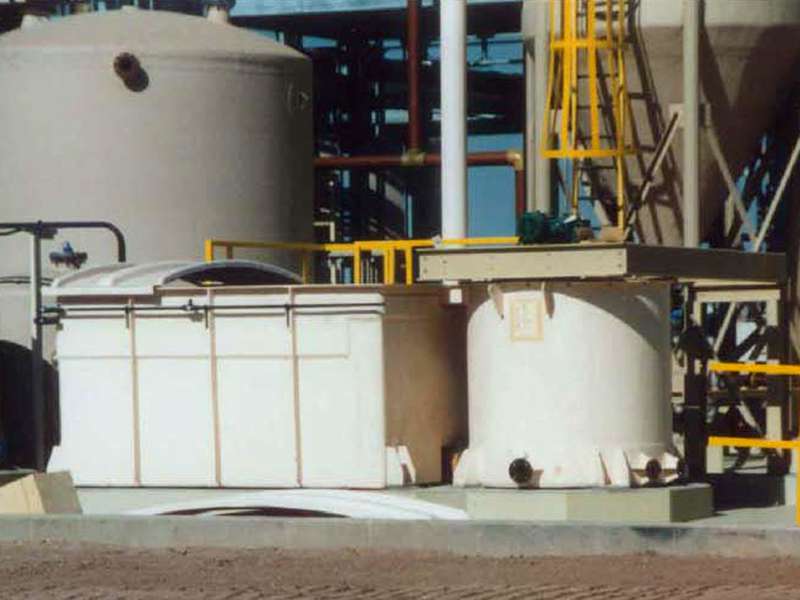
-
 Afrikaans
Afrikaans -
 Albanian
Albanian -
 Amharic
Amharic -
 Arabic
Arabic -
 Armenian
Armenian -
 Azerbaijani
Azerbaijani -
 Basque
Basque -
 Belarusian
Belarusian -
 Bengali
Bengali -
 Bosnian
Bosnian -
 Bulgarian
Bulgarian -
 Catalan
Catalan -
 Cebuano
Cebuano -
 China
China -
 China (Taiwan)
China (Taiwan) -
 Corsican
Corsican -
 Croatian
Croatian -
 Czech
Czech -
 Danish
Danish -
 Dutch
Dutch -
 English
English -
 Esperanto
Esperanto -
 Estonian
Estonian -
 Finnish
Finnish -
 French
French -
 Frisian
Frisian -
 Galician
Galician -
 Georgian
Georgian -
 German
German -
 Greek
Greek -
 Gujarati
Gujarati -
 Haitian Creole
Haitian Creole -
 hausa
hausa -
 hawaiian
hawaiian -
 Hebrew
Hebrew -
 Hindi
Hindi -
 Miao
Miao -
 Hungarian
Hungarian -
 Icelandic
Icelandic -
 igbo
igbo -
 Indonesian
Indonesian -
 irish
irish -
 Italian
Italian -
 Japanese
Japanese -
 Javanese
Javanese -
 Kannada
Kannada -
 kazakh
kazakh -
 Khmer
Khmer -
 Rwandese
Rwandese -
 Korean
Korean -
 Kurdish
Kurdish -
 Kyrgyz
Kyrgyz -
 Lao
Lao -
 Latin
Latin -
 Latvian
Latvian -
 Lithuanian
Lithuanian -
 Luxembourgish
Luxembourgish -
 Macedonian
Macedonian -
 Malgashi
Malgashi -
 Malay
Malay -
 Malayalam
Malayalam -
 Maltese
Maltese -
 Maori
Maori -
 Marathi
Marathi -
 Mongolian
Mongolian -
 Myanmar
Myanmar -
 Nepali
Nepali -
 Norwegian
Norwegian -
 Norwegian
Norwegian -
 Occitan
Occitan -
 Pashto
Pashto -
 Persian
Persian -
 Polish
Polish -
 Portuguese
Portuguese -
 Punjabi
Punjabi -
 Romanian
Romanian -
 Russian
Russian -
 Samoan
Samoan -
 Scottish Gaelic
Scottish Gaelic -
 Serbian
Serbian -
 Sesotho
Sesotho -
 Shona
Shona -
 Sindhi
Sindhi -
 Sinhala
Sinhala -
 Slovak
Slovak -
 Slovenian
Slovenian -
 Somali
Somali -
 Spanish
Spanish -
 Sundanese
Sundanese -
 Swahili
Swahili -
 Swedish
Swedish -
 Tagalog
Tagalog -
 Tajik
Tajik -
 Tamil
Tamil -
 Tatar
Tatar -
 Telugu
Telugu -
 Thai
Thai -
 Turkish
Turkish -
 Turkmen
Turkmen -
 Ukrainian
Ukrainian -
 Urdu
Urdu -
 Uighur
Uighur -
 Uzbek
Uzbek -
 Vietnamese
Vietnamese -
 Welsh
Welsh -
 Bantu
Bantu -
 Yiddish
Yiddish -
 Yoruba
Yoruba -
 Zulu
Zulu
frp boat body
The Innovation and Benefits of FRP Boat Bodies
Fiber Reinforced Polymer (FRP) has revolutionized the boat manufacturing industry, marrying technology with marine design to create outstanding vessels that are lighter, stronger, and more durable than ever before. These advancements in FRP construction processes are reshaping how we think about boat bodies, ultimately enhancing performance and user experience on the water.
One of the primary advantages of FRP boat bodies is their remarkable strength-to-weight ratio. Traditional boat materials such as wood or metal often come with significant weight, which can limit speed and maneuverability. In contrast, FRP boat bodies can be engineered to provide superior strength while being significantly lighter. This allows for faster speeds, improved fuel efficiency, and easier handling, making FRP boats an attractive option for recreational and commercial use alike. The reduced weight also contributes to less strain on the engine, which can lead to lower maintenance costs in the long run.
The Innovation and Benefits of FRP Boat Bodies
The manufacturing process of FRP also lends itself to flexibility in design, offering manufacturers the ability to create unique shapes and customizations that would be challenging with traditional materials. Advanced molding techniques allow for intricate designs, ensuring that aesthetic preferences can be met along with performance specifications. Whether a sleek racing yacht or a sturdy fishing vessel, FRP technology can cater to diverse market demands. This versatility not only appeals to individual consumers but also meets the needs of professional organizations in the maritime industry.
frp boat body

One of the most significant innovations surrounding FRP boat bodies is the introduction of sustainable materials and processes. With growing environmental concerns, the boat-building industry is shifting towards eco-friendly solutions. Many manufacturers are now using biodegradable resins and recycled fibers in their FRP compositions, reducing the overall environmental impact of boat production. This approach not only caters to eco-conscious consumers but also helps the industry comply with increasingly stringent environmental regulations.
Moreover, FRP boat bodies are generally more cost-effective in terms of lifecycle management. Although the initial investment may be higher compared to traditional materials, the long-term benefits, including reduced maintenance, increased durability, and enhanced fuel efficiency, tip the scale in favor of FRP. More efficiently managed operations, fewer repairs, and extended service life equate to a better return on investment for boat owners.
Safety is another key factor contributing to the popularity of FRP boat bodies. Their lightweight nature combined with enhanced buoyancy properties makes them safer on the water, especially in adverse conditions. Many FRP boats are designed with multiple chambers that trap air, ensuring the vessel remains afloat even if damaged. This level of safety can provide peace of mind for both recreational users and commercial operators.
In conclusion, the rise of FRP boat bodies signals a significant advancement in marine technology, offering a harmonious blend of strength, lightweight design, durability, and environmental sustainability. As these boats continue to dominate the market, they set new standards for performance and efficiency. The ongoing innovation in this field is likely to not only reshape how boats are built but also redefine the experiences boaters have on the water. Whether for leisure or commercial use, choosing an FRP boat can be a smart investment for the future of boating, paving the way for further developments in marine engineering.









